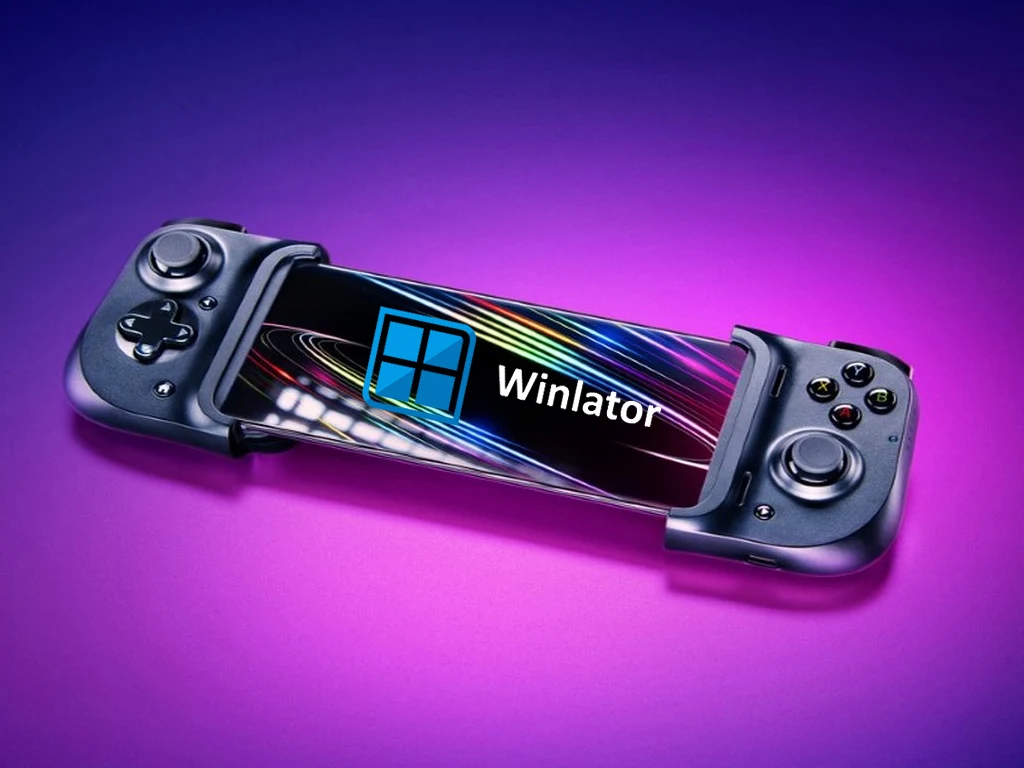Key Takeaways
1. Razer has launched three new Kishi V3 mobile controllers, including the Kishi V3 Pro and Kishi Ultra, both priced at $149.99.
2. Both controllers share features like USB-C connectivity, passthrough charging, and Razer Sensa HD Haptics, but lack an internal battery.
3. The Kishi V3 Pro features advanced TMR thumbsticks, while the Kishi Ultra has standard thumbsticks with adjustable sensitivity.
4. The Kishi V3 Pro includes four remappable buttons, compared to the Kishi Ultra’s two, and lacks customizable RGB lighting.
5. Compatibility differs: Kishi V3 Pro works with devices on Android 14 or higher, while Kishi Ultra supports Android 12 or higher, limiting options for older devices.
Razer has unveiled three new Kishi V3 mobile controllers, including the Kishi V3 Pro, which is priced at $149.99. This is the same price as the Kishi Ultra that was revealed in April 2024. If you’re curious about which controller to pick, this article will guide you in making that choice.
Similarities Between the Controllers
The Kishi V3 Pro and Kishi Ultra have many similarities since they come with a range of shared features. Both controllers connect to compatible devices using USB-C. Unlike the Backbone Pro, which also connects via USB-C and has a built-in battery for Bluetooth use, neither the Kishi Pro nor the Ultra has an internal battery.
They both support passthrough charging, have an audio jack, and can connect to a PC through a USB-C cable for wired use. Moreover, they share the same dimensions — 110.8 mm X 244.8 mm X 64.3 mm — and are nearly identical in weight. The Kishi V3 Pro weighs 268 grams, while the Kishi Ultra is slightly lighter at 266 grams.
Features of Both Controllers
Both controllers come equipped with Hall Effect trigger buttons, Mecha-Tactile action buttons, and a D-pad. They also support Razer Sensa HD Haptics, local games, cloud gaming services, remote play, and are compatible with the Razer Nexus app.
Now that we’ve looked at their similarities, let’s dive into what sets them apart, as these differences will help potential buyers decide which one suits their needs best.
Differences That Matter
In terms of button layout, the Kishi Ultra and Kishi V3 Pro are identical on the front. However, the Kishi V3 Pro features TMR thumbsticks, while the Kishi Ultra has standard thumbsticks with anti-friction rings that enhance durability.
When the Kishi Ultra was launched last year, it faced criticism for lacking Hall Effect thumbsticks, which are considered better than regular ones. With the Kishi V3 Pro now featuring the advanced TMR joysticks, which offer improved precision and reduced drifting, this difference has become even more pronounced.
The differences don’t stop there. Both controllers have clickable thumbsticks, but only the Kishi V3 Pro’s thumbsticks come with replaceable caps. On the other hand, the sensitivity of the thumbsticks on the Kishi Ultra is adjustable, which is not the case for the V3 Pro.
Design and Aesthetic Differences
The Kishi Ultra has two remappable buttons, L4 and R4, located next to the shoulder and trigger buttons. In contrast, the Kishi V3 Pro has two additional back buttons, M1 and M2, bringing its total to four remappable buttons.
In terms of design, the Kishi Ultra boasts Razer’s Chroma RGB lighting above its handles, which can be customized through the Razer Nexus app. Unfortunately, this feature is absent from both the Kishi V3 Pro and the pricier Kishi V3 Pro XL, which is priced at $199.99.
Razer claims that both the Kishi V3 Pro and Kishi Ultra are compatible with Android, iOS/iPadOS, and Windows devices. They work not only with Android smartphones and iPhones but also with tablets that have a maximum screen size of 8 inches, like the iPad Mini. However, it’s important to note that not every Android and iOS/iPadOS device is compatible with both controllers.
Compatibility is Key
For the Kishi V3 Pro, it is compatible with devices running on Android 14 or higher, iOS 17 or newer, and Windows 11. Meanwhile, the Kishi Ultra works with devices on Android 12 or higher, iOS 17 or newer, and Windows 11.
Compatibility is crucial, especially if you own an Android smartphone or tablet, as many devices still operate on Android 13 and won’t receive updates to newer versions. This means that even though the Kishi V3 Pro has appealing features like TMR joysticks and four remappable buttons, it won’t work with those older devices.
Final Thoughts
The Razer Kishi V3 Pro is undoubtedly the superior option between the two, thanks to its TMR thumbsticks, four remappable buttons, and a majority of the key features found in the Kishi Ultra. However, if your device runs Android 13 or lower, this controller won’t be suitable for you since its compatibility starts at Android 14. Fortunately, there are various alternatives for people in this situation.
One such option is the Viture x 8BitDo Ultimate Mobile Controller, which works with devices running Android 13, includes Hall Effect thumbsticks, passthrough charging, and is priced at $79 on Amazon, making it almost half the cost of Razer’s controllers. This controller is also compatible with XR glasses, a first for mobile controllers. However, it’s worth noting that the Viture x 8BitDo Ultimate Mobile Controller can’t accommodate smaller tablets like the iPad Mini or Lenovo Legion Y700.
Source:
Link



